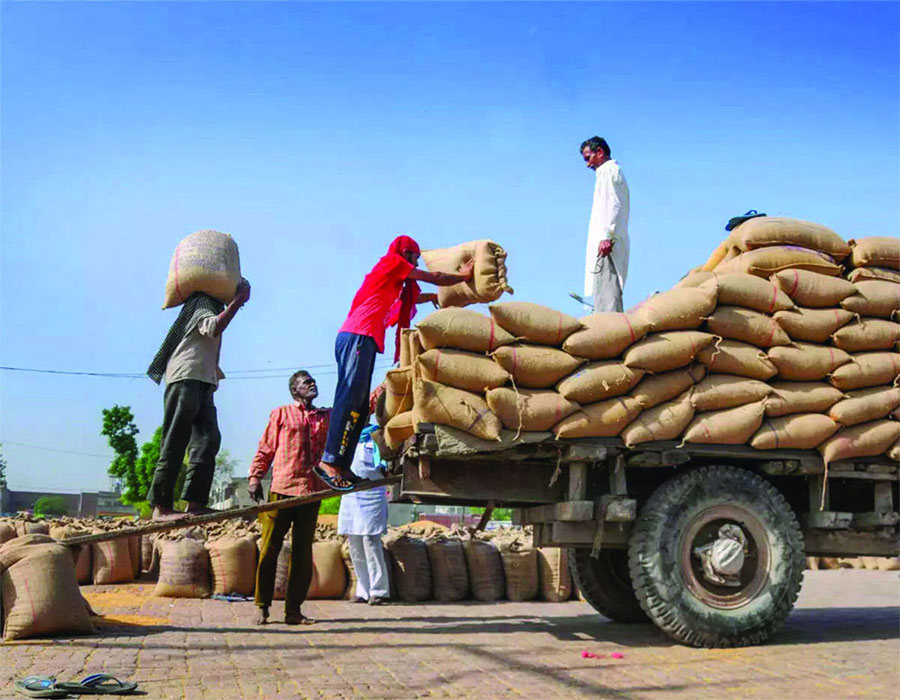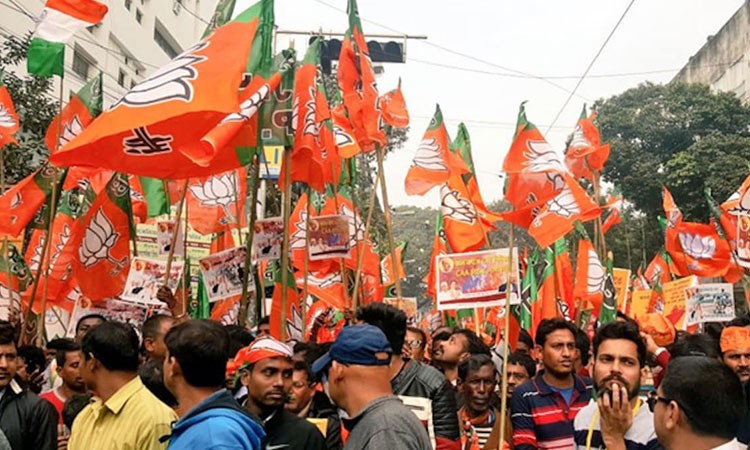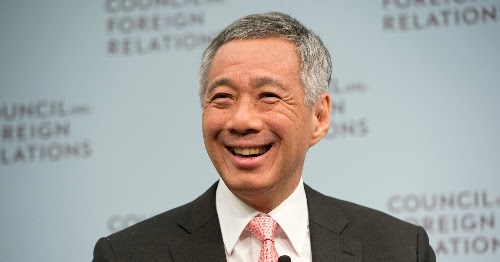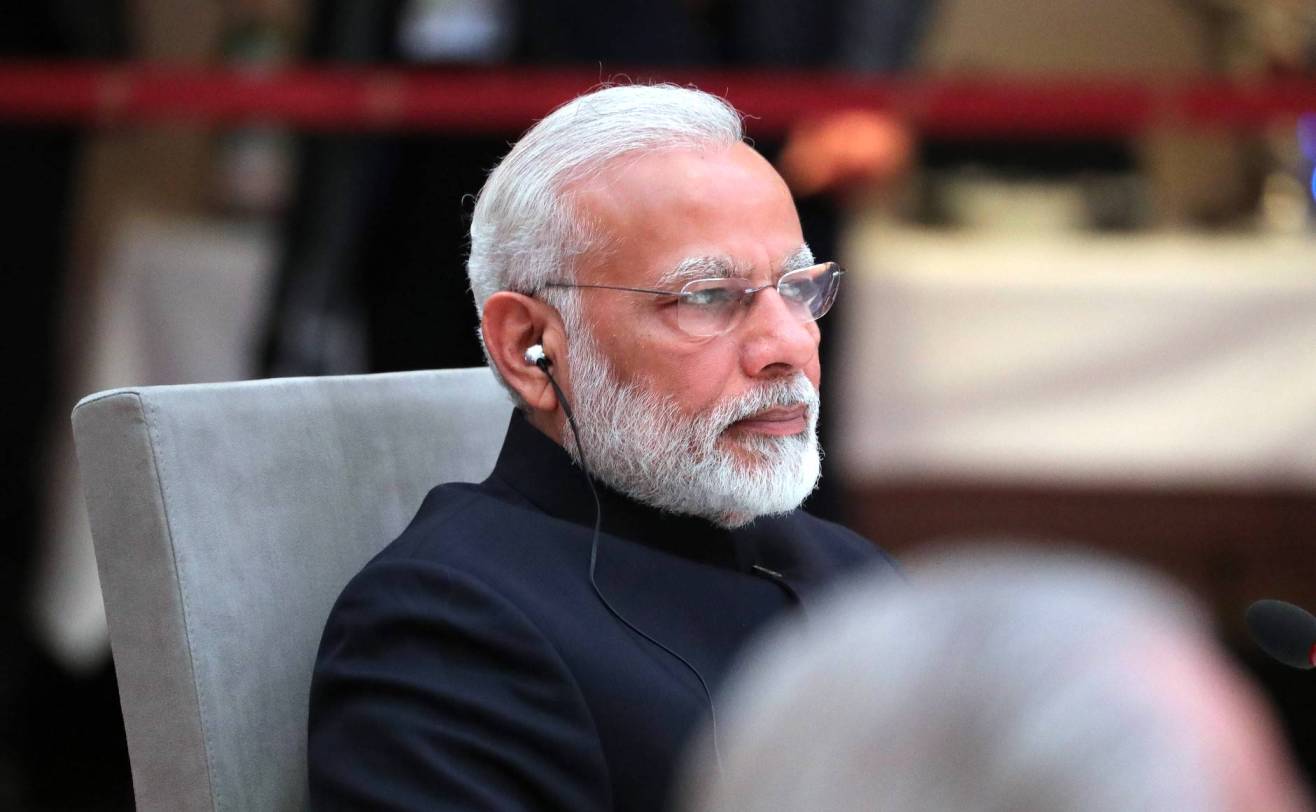Had the Government chosen a Standing Committee scrutiny or even had a dialogue with farmers, the opposition to farm laws could have been avoided
The new farm laws might not be as disruptive as their critics want us to believe. They are apparently as logical and timely reforms as interventions like State procurement and notifying of Minimum Support Price (MSP) had been in the mid-1960s. The ruling and Opposition parties are engaged in a wholly avoidable fracas, both refusing to view things in totality. The Opposition is indulging in loathing and fear-mongering, reminiscent of the times when economic liberalisation was introduced in 1991. Paradoxically, it was the Congress’ Government then. The party now is behaving differently when in the Opposition.
The Government’s cavalier attitude to the Opposition parties’ stance is equally uncharitable. Motives have been imputed to their decision. They are accused of having a vested interest in the Agricultural Produce Market Committee (APMC)-run mandis, besides being friendly towards the middlemen who call the shots in those market yards. Ironically, on the National Agriculture Market portal (eNAM), started by the present Government in 2016, there were no less than 83, 958 commission agents registered as on August 31. Why is the Government promoting middlemen here?
The fear that APMC-run mandis would be abolished is largely unfounded. The eNAM platform can today boast of connecting about a 1,000 of them across 18 States and three Union Territories (UT). However, the passage of the Bills was not preceded by any kind of consensus-building. There was no dialogue with the farmers’ unions, State Governments or the Opposition parties. The laws were rushed through the Ordinance route on June 5. This starkly contrasts with the spirit of federalism and the consensus model that marked the implementation of the Goods and Services Tax (GST). The matters concerned with agriculture being under the State list in Schedule VII of the Constitution called for Centre-State consensus.
The legislative competence of Parliament to discuss a Bill on a subject placed in the State list (Schedule VII of the Constitution) was questioned by some members. However, we have precedence of the Seeds Act, 1966, which is a Central legislation. It was one of the key legislations enacted during the Green Revolution era. Still, one is reminded of how the Atal Bihari Vajpayee Government approached the contentious subject of contract farming. This was envisaged in the National Agriculture Policy 2000. Instead of bringing a Central law, the Government in 2003 circulated a Model Agricultural Produce Marketing (Regulation) Act to the States for adoption in 2003. The ensuing UPA-I Government continued the policy. Contract farming was included as an option in the National Farmers Policy (2007). By August 2007, a total of 15 States had brought amendments in the APMC (Regulation) Acts based on the model legislation.
Why did the four Labour Codes, recently enacted, did not become a source of dispute despite the presence of controversial provisions? This was because the Codes, meant to reduce 29 existing labour laws into four legislations, were vetted by the department-related Standing Committee of the Lok Sabha. It was chaired by Bhartruhari Mahtab of Biju Janata Dal. The Government agreed to several suggestions of the committee.
How justified is the claim that previous governments had kept the farmers in chains? Such a view stems from inadequate appreciation of facts. Definite pro-farmer measures were taken by Indian National Congress since 1937 when it formed governments in coalition in seven out of 11 provinces (under Government of India Act 1935). These included debt relief measures, tenancy reforms and licencing and regulation of money lenders and so on. But separation from Burma (now Myanmar) from the Indian Union in 1937 stressed rice availability in India.
India’s agricultural policy since Independence was aimed at attaining food security. With fragmented landholdings, inadequate electricity supply, pitiable irrigation facilities and poor acreage, production was insufficient. To bridge the requirement and availability of food grains, India entered into an agreement with the US under their Public Law 480 on August 29, 1956. It allowed India to obtain wheat, rice, cotton, dairy products and tobacco in Indian rupees. It could not, however, be denied that import of food grains, in excess of the market requirement, de-incentivised the farmer to produce more. The production increased as the imports were brought down to realistic levels around 1966. However, the completion of the Bhakra-Nangal Dam on Beas-Sutlej (1963) was an achievement of the Jawaharlal Nehru Government, which accelerated the advent of the Green Revolution.
The current regime of MSP and Government procurement is a legacy of the short-lived Lal Bahadur Shastri Government (June 11, 1964 to January 10, 1966). It had its origin in the decline in wheat production, consecutively between 1962 to 1964, and decline and marginal recovery of rice production during the corresponding period. This compelled the Government to revisit its open market policy for wheat and modest control on transport and sale of rice. The severity of the food shortage could be understood from the sheer number of speeches that Shastri delivered on the subject as the Prime Minister. His Selected Speeches, published by the Publications Division, Ministry of I&B (1972) categorises a total of 10 under “Food Problems.”
The Shastri Government moved in towards a regime of greater regulation and control on sale, purchase and movement of food grains. On January 1, 1965, two new organisations were created, which became the hallmark of the Government’s intervention in the agricultural sector. These were Food Corporation of India (FCI) and Agricultural Prices Commission (now Commission for Agricultural Costs and Prices). The ambit of Government procurement, which was limited to a few edible items in the beginning, now extends to 23 items (in addition to sugarcane).
The developments since the Green Revolution (1967) have led to the growth in acreage and food surplus situation. Time is ripe for addressing the neglected problem of agricultural marketing. In pursuit of doubling the farmers’ income by 2022 (from the level of 2016), the Narendra Modi Government formed a committee led by Ashok Dalwai, IAS. The committee produced a 14-volume eminently readable report. Though the decision to “liberalise” the farm was not among its direct recommendations, one has to realise that significant decisions are always political rather than bureaucratic in nature. The farmers must have better alternatives for remunerative pricing with legal safeguards. Even today, there is no legal restriction on farmers selling his/her product in the open market. What cripples the farmer, however, is not merely the logistical problem but also the absence of a legal architecture to protect his/her interests.
A single line in these Acts, like “notwithstanding anything contained in the aforesaid sections, no trade transactions should take place below the notified MSP”, would have allayed the misgivings of the farmers. A line in time could have saved the Government from putting eight Cabinet Ministers on ground (not including the Agriculture and Farmer Welfare Minister Narendra Singh Tomar) to convince agitating agriculturists.
(The writer is an author and independent researcher based in New Delhi. The views expressed here are personal)








 OpinionExpress.In
OpinionExpress.In















Comments (0)